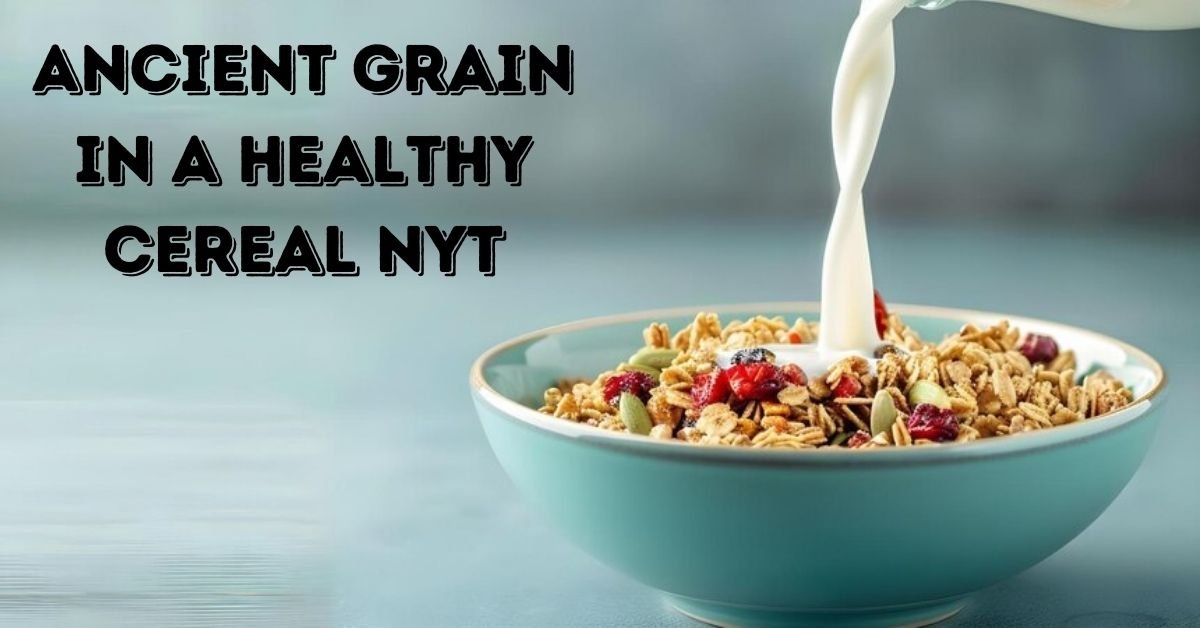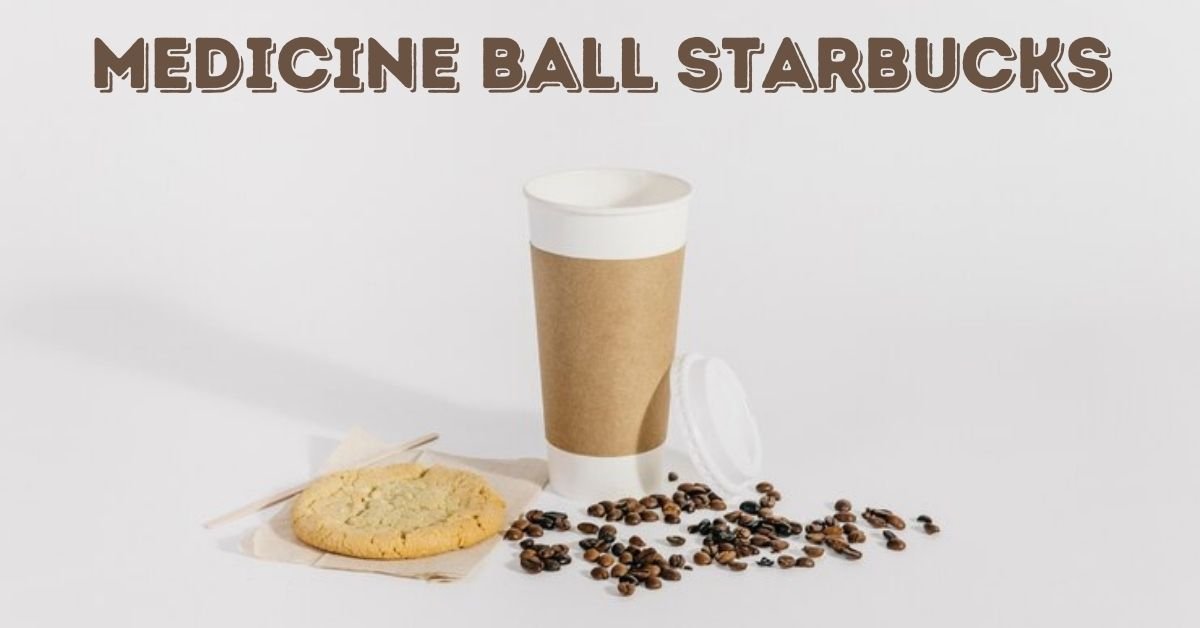Ancient grain in a healthy cereal nyt have seen a resurgence in popularity as people search for healthier and more nutritious food options. These grains, which have remained largely unchanged for thousands of years, offer a plethora of benefits that modern processed grains lack. But what makes ancient grains so special, and why should they be a staple in your diet?
What Are Ancient Grain In A Healthy Cereal Nyt?
Ancient grains are cereal grains and seeds that have been cultivated for centuries. Unlike modern grains, which have been modified and processed, ancient grains remain true to their original form. Examples include quinoa, amaranth, spelt, farro, and millet. These grains have been a dietary staple in various cultures worldwide, prized for their nutritional value and resilience.
Historical Significance
Ancient grains have a rich history. Quinoa, for instance, was a sacred crop for the Incas, while amaranth was a staple for the Aztecs. These grains were not only food sources but also integral to religious and cultural practices. Their resilience to harsh weather and poor soil conditions made them reliable crops, contributing to the survival of ancient civilizations.
Health Benefits of Ancient Grains
Ancient grains are packed with nutrients. They are rich in fiber, protein, vitamins, and minerals. Quinoa, for example, contains all nine essential amino acids, making it a complete protein source. This nutrient density helps in maintaining a balanced diet and supports overall health.
Digestive Health
The high fiber content in ancient grains aids digestion. Fiber helps regulate bowel movements, prevents constipation, and supports a healthy gut microbiome. A diet rich in fiber can also lower the risk of developing digestive disorders.
Gluten-Free Options
Many ancient grains, such as quinoa, amaranth, and millet, are naturally gluten-free. This makes them an excellent choice for individuals with celiac disease or gluten intolerance. Including these grains in your diet can help avoid the adverse effects of gluten while still providing essential nutrients.
Antioxidant Properties
Ancient grains are rich in antioxidants, which help combat oxidative stress and reduce inflammation. These properties can protect against chronic diseases such as heart disease, diabetes, and certain cancers. Consuming antioxidant-rich foods is crucial for maintaining long-term health.
Sustained Energy
The complex carbohydrates in ancient grains provide sustained energy. Unlike refined grains that cause blood sugar spikes, ancient grains release glucose slowly into the bloodstream, ensuring a steady supply of energy throughout the day. This can help maintain energy levels and improve overall productivity.
Incorporating Ancient Grains into Your Diet
Start your day with a nutritious breakfast by incorporating ancient grains into your cereal. Quinoa flakes, amaranth, or millet can be cooked and enjoyed with fruits, nuts, and a splash of milk. These grains provide a wholesome and satisfying start to your morning.
Salads and Sides
Ancient grains make excellent additions to salads and side dishes. Cooked farro, spelt, or barley can be mixed with vegetables, herbs, and a light dressing for a nutrient-packed meal. These grains add texture and flavor, making your salads more interesting and nutritious.
Baking with Ancient Grains
Experiment with baking by using ancient grain flours. Spelt and teff flours are great alternatives to wheat flour and can be used in bread, muffins, and pancakes. These flours provide a unique flavor and enhance the nutritional value of your baked goods.
Snacks
Ancient grains can be used to make healthy snacks. Puffed quinoa or amaranth can be mixed with nuts, seeds, and dried fruits for a nutritious trail mix. Millet can be popped like popcorn for a light and crunchy snack. These options are perfect for satisfying hunger between meals.
Cooking Tips for Ancient Grains
Proper preparation is key to enjoying ancient grains. Most grains require rinsing before cooking to remove any saponins or debris. Soaking grains like farro or spelt can reduce cooking time and improve digestibility. Follow package instructions for the best results.
Flavor Enhancements
Enhance the flavor of ancient grains by cooking them in broth instead of water. Adding herbs, spices, and aromatics like garlic and onions can also elevate the taste. Toasting grains before cooking can bring out their nutty flavor.
Storage
Store ancient grains in airtight containers in a cool, dry place. Proper storage ensures they remain fresh and free from pests. Cooked grains can be refrigerated for up to a week, making them convenient for meal prep.
Environmental Benefits of Ancient Grains
Ancient grains are often more environmentally sustainable than modern grains. They require fewer inputs such as water, fertilizers, and pesticides. Their resilience to harsh conditions makes them suitable for organic farming, promoting biodiversity and soil health.
Supporting Local Farmers
By choosing ancient grains, you support local farmers and traditional farming practices. Many ancient grains are grown by small-scale farmers who use sustainable methods. This supports rural economies and helps preserve agricultural heritage.
Conclusion
ancient grain in a healthy cereal nyt are a powerful addition to a healthy diet. Their rich history, nutrient density, and health benefits make them a superior choice over modern processed grains. By incorporating ancient grains into your meals, you can enjoy a variety of flavors and textures while boosting your overall health. Whether in breakfast cereals, salads, or baked goods, ancient grains offer endless possibilities for nutritious and delicious eating.
FAQs
What are the best ancient grains for breakfast?
Quinoa, amaranth, and millet are excellent choices for breakfast cereals. They can be cooked and paired with fruits and nuts for a wholesome meal.
Are ancient grains suitable for gluten-free diets?
Yes, many ancient grains like quinoa, amaranth, and millet are naturally gluten-free, making them ideal for those with celiac disease or gluten intolerance.
How can I add ancient grains to my salads?
Cooked farro, spelt, or barley can be mixed with vegetables, herbs, and dressing to create a nutrient-packed salad.
What are the environmental benefits of ancient grains?
Ancient grains often require fewer resources and support sustainable agriculture. They promote biodiversity and help preserve traditional farming practices.
Can ancient grains be used in baking?
Absolutely! Ancient grain flours like spelt and teff can be used in bread, muffins, and pancakes, providing unique flavors and enhanced nutrition.











